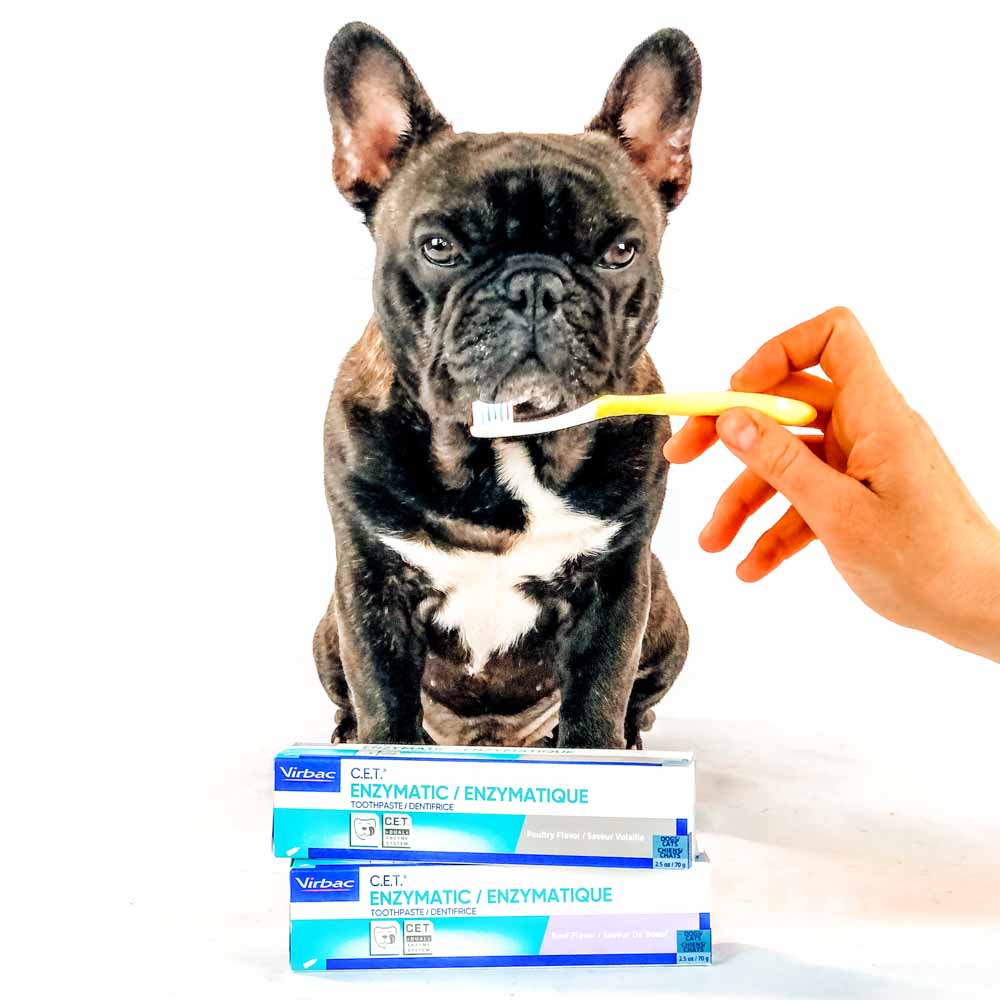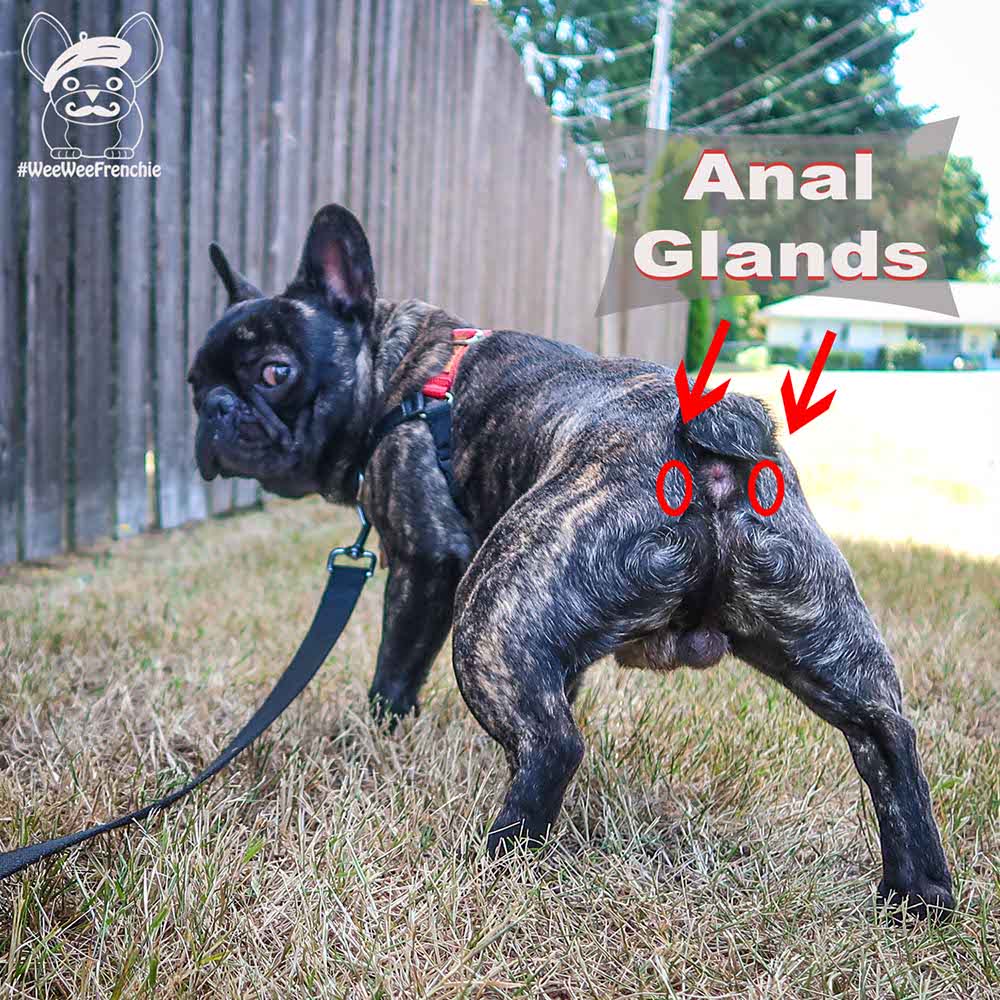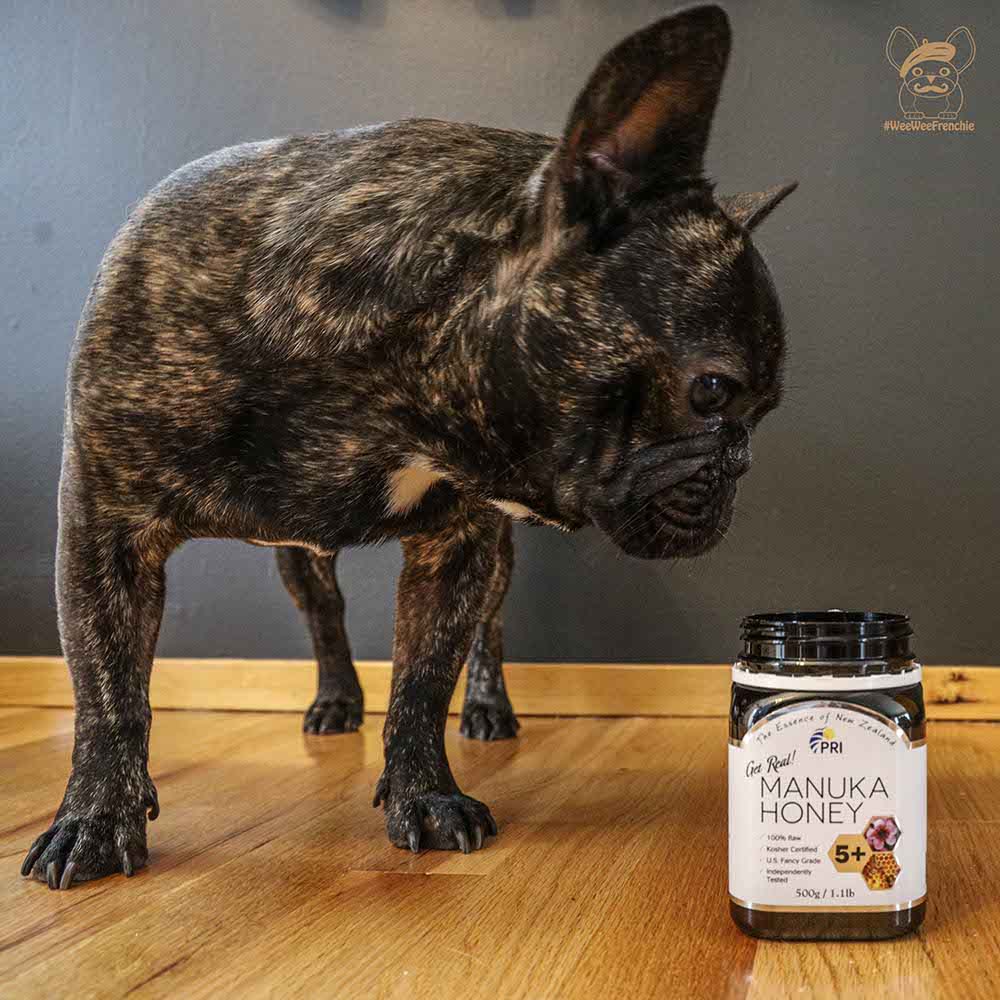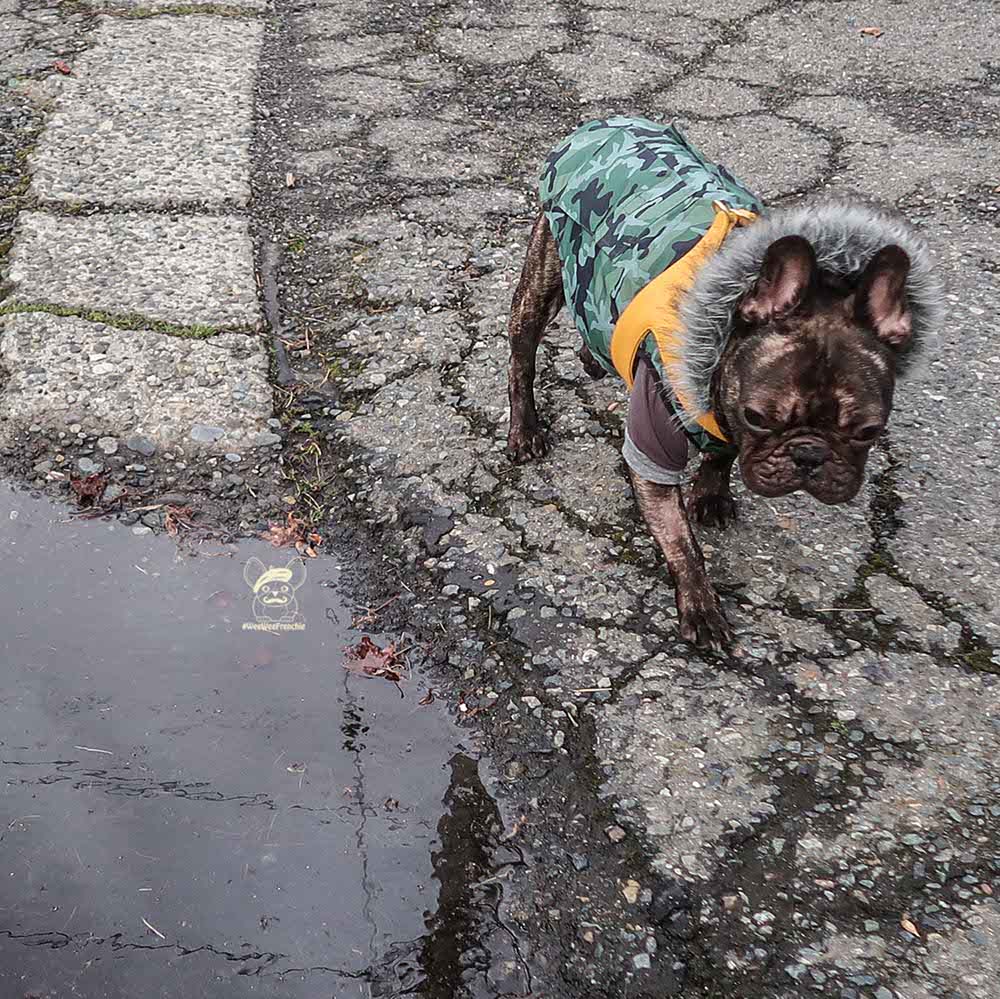Brewer's Yeast for Dogs
A family member was giving us advice on how to keep our immune system healthy during the COVID crisis. As we shared our tips, she mentioned that she had started using brewer’s yeast powder. I had heard of it but didn’t know of its benefits.

I’m always willing to try new things so I placed an order on the web. I was surprised when my order arrived. Somehow I ordered 2 large containers of brewer’s yeast, instead of 1 jar. That’s when I started wondering, can dogs have brewer’s yeast too?
What is brewer’s yeast
It is a one-celled fungus called Saccharomyces cerevisiae. It’s used for brewing beer but also has many health benefits as a supplement.
Advantages of brewer’s yeast in dogs
Rich in B vitamins (B1, B2, B3, B5, B6, B7, and B9), it can promote healthy fur and reduce dry, itchy skin. B vitamins lower stress and calm nerves. But it does not contain essential vitamin B12, which is usually added to brewer’s yeast.
Brewer’s yeast also contains selenium, potassium, chromium, iron, zinc, and magnesium. These are essential for promoting good health. Chromium has been shown to help maintain blood sugar levels in humans. Although it hasn’t been studied in dogs, it could have the same benefit.
Note: chromium is removed when creating debittered yeast.
It can also promote digestive health and reduce diarrhea.
Dosage
Serving size depends on your dog’s weight. Available in tablet or powder, it is given with food.
Brewer’s yeast is high in calories so be sure to calculate this into your dog’s daily caloric needs.
Larger dogs need a high amount of brewer’s yeast, which can result in diarrhea, gas, and indigestion. For these reasons, it is best to avoid use in large dogs.
Also avoid use in dogs who have the following:
- immunocompromised
- known yeast allergy
- gastrointestinal disorders (like colitis)
Dogs who are on anti-anxiety meds should check with their vet before using. Some medications can interact with brewer’s yeast and cause unwanted side effects.
Side effects
The main side effect of brewer’s yeast is gas, which could be worse during the first few days of use. It is best to follow your veterinarian’s recommended dosage.
To reduce gas, start at 50% of your vet’s recommended dose. Stay at this lower dose for a few days before increasing to the suggested amount. This allows the body time to adjust to the new supplement and reduces unwanted side effects.
There are definitely some beneficial reasons to adding brewer’s yeast to your dog’s diet. As always, it is best to check with your vet to determine if brewer’s yeast is right for your dog.
This blog is for informational purposes only. The information given should not be used as a substitute for veterinary evaluation.




